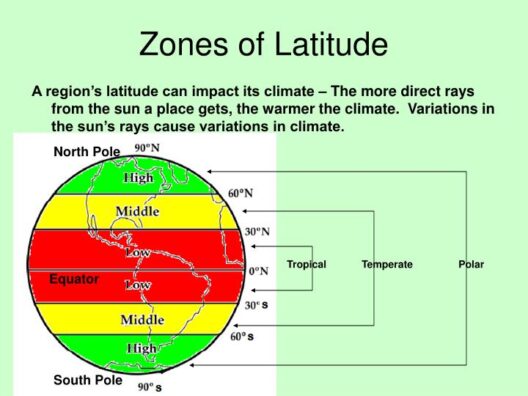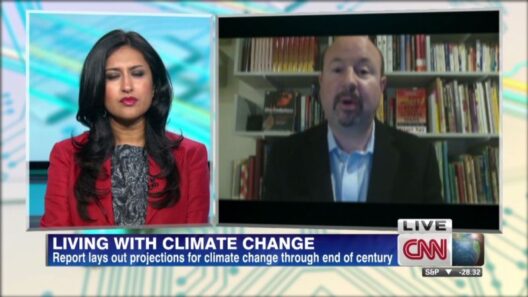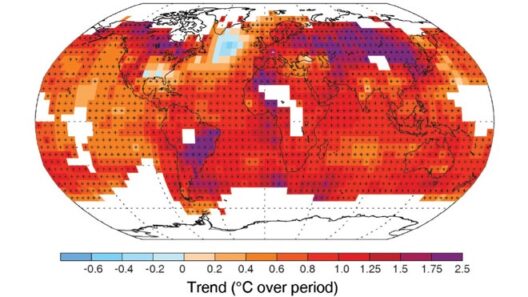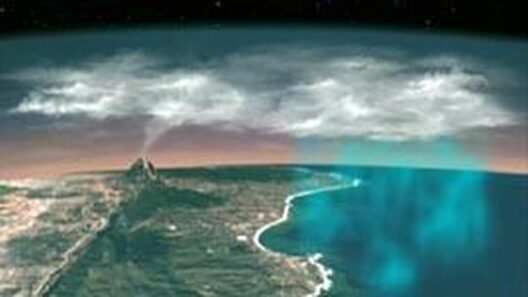The Current Climate Crisis: How Severe is Global Warming Right Now
In recent years, global warming has transitioned from a theoretical risk to an alarming reality. The increasing concentrations of greenhouse gases are not just reshaping our climate; they are altering the fundamental fabric of life on our planet. Understanding the current state of global warming, its implications, and the urgent need for action is imperative for the well-being of current and future generations.
What Exactly Is Global Warming?
Global warming refers to the long-term increase in Earth’s average surface temperature due to human activities, predominantly the emission of greenhouse gases like carbon dioxide and methane. As industrialization has burgeoned over the past two centuries, so has the concentration of these gases in the atmosphere. The Intergovernmental Panel on Climate Change (IPCC) states that human-induced emissions have reached unprecedented levels, resulting in an increase of approximately 1.1 degrees Celsius since the late 19th century.
This seemingly modest rise in temperature has ignited a cascade of severe environmental phenomena. The ocean is absorbing much of this heat, resulting in rising sea levels and changing marine ecosystems. Moreover, heatwaves, intense storms, and droughts are becoming increasingly commonplace. This shift presents a direct threat to biodiversity and human health, prompting questions about the sustainability of our way of life.
The Science of Climate Change: An Escalating Crisis
Numerous indicators underscore the current severity of global warming. Ice melt in polar regions is accelerating at an alarming rate, contributing to sea-level rise. The Arctic is experiencing significant transformations, with ice extent reaching record lows, which exacerbates global temperature increases further. These changes are pernicious, as they influence ocean circulation patterns and disrupt ecosystems both locally and globally.
Oceanic temperatures have also risen significantly, endangering marine life through phenomena such as coral bleaching, which jeopardizes marine biodiversity and livelihoods connected to fishing and tourism. Furthermore, the acidification of oceans—resulting from increased absorption of carbon dioxide—imposes an additional layer of stress on marine ecosystems, leading to a decline in shellfish populations and disrupting food chains.
As the climate crisis hammers home, the impacts on terrestrial environments are equally dire. Forests are facing unprecedented threats, including increased susceptibility to pests, diseases, and wildfires. These climatic changes hinder the natural ability of forests to act as carbon sinks, compounding the carbon dioxide levels in the atmosphere. Regions that once thrived on stable weather patterns are now grappling with floods, droughts, and more chaotic weather phenomena, leading to agricultural failures that threaten food security globally.
Societal Implications: Who Is Affected?
While global warming endangers the planet in its entirety, some populations are more susceptible than others. Low-lying coastal areas and island nations face existential threats due to rising sea levels, while regions dependent on agriculture are confronting crop failures and instable food availability. Vulnerable communities, particularly in developing countries, are trapped in a cycle of poverty exacerbated by the climate crisis. These populations often lack the resources to adapt to climatic shifts or recover from natural disasters, resulting in social, economic, and health ramifications.
Increased climate-related events, such as hurricanes and floods, are predicted to be more severe and frequent, displacing millions and straining humanitarian resources. Refugee crises linked to climate change will likely accompany mass migrations as individuals are uprooted from their homes seeking survival and more favorable living conditions.
Taking Action: What Lies Ahead?
As efforts to combat global warming intensify, it is crucial for governments, businesses, and individuals to meet this challenge head-on. The reliability of carbon-neutral technologies, such as solar, wind, and geothermal energy, has improved, and as costs have dropped, their adoption is becoming increasingly feasible. In tandem with the transition to renewables, reducing overall consumption and promoting a circular economy can mitigate the ongoing crisis.
Legislative measures, such as carbon pricing and incentivizing sustainable practices, play critical roles in addressing climate change. International agreements, like the Paris Agreement, serve as frameworks for nations to commit to emission reductions, aiming to cap global warming at no more than 2 degrees Celsius above pre-industrial levels. However, compliance is paramount. Failure to adhere to these commitments can lead us towards a tipping point, beyond which impacts may become irreversible.
The collective responsibility also extends to individuals, who can play a pivotal role in the mitigation of global warming through lifestyle choices. Simple changes—like reducing meat consumption, utilizing public transport, and decreasing energy use—can accumulate to foster substantial change. Society’s electrical and transportation frameworks need re-evaluation to encourage more sustainable practices, ensuring that economic growth does not come at the expense of the planet.
Conclusion: The Path Forward
In conclusion, the current climate crisis presents a formidable challenge, one that necessitates immediate and concerted efforts. Understanding the severe implications of global warming lays the groundwork for collective action. Strengthening resilience, investing in innovative technologies, and fostering community awareness can pave the road towards a sustainable future. It is not merely about mitigating the crisis; it is also about adapting to the new reality we face. The challenge is monumental, yet the opportunity for transformative change is profound.








